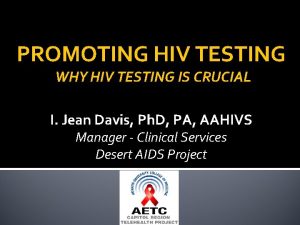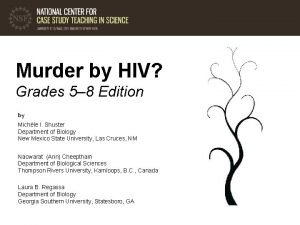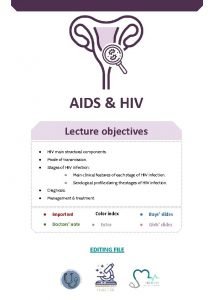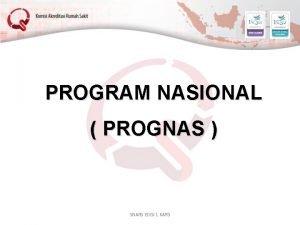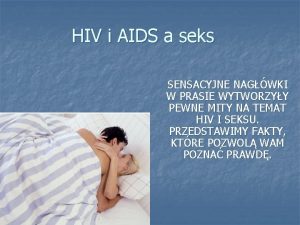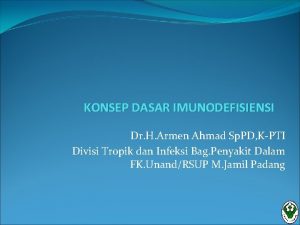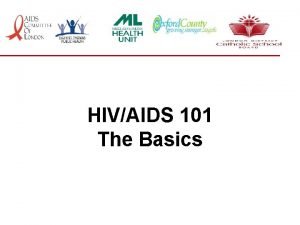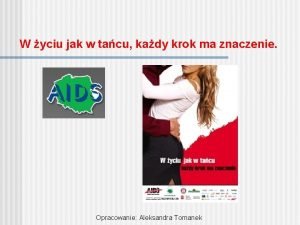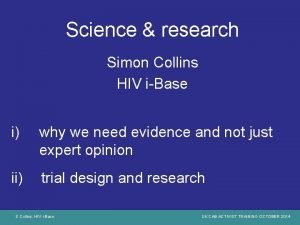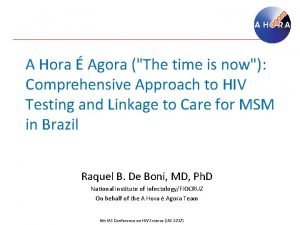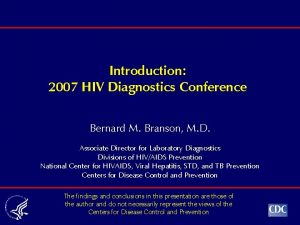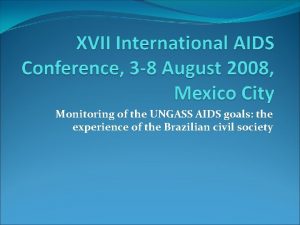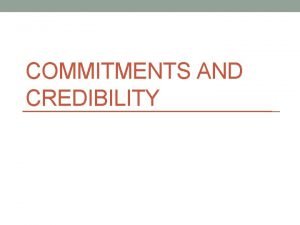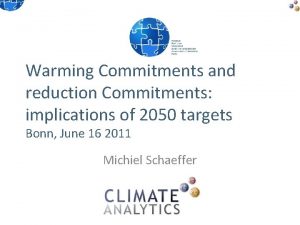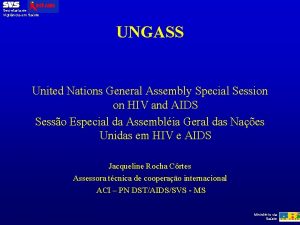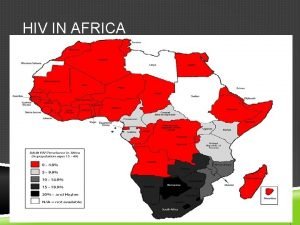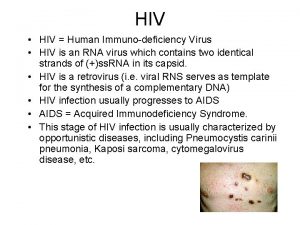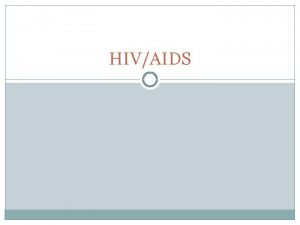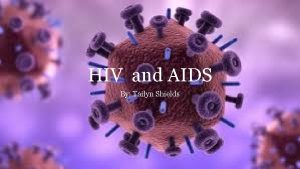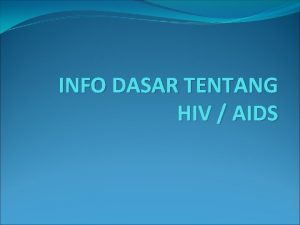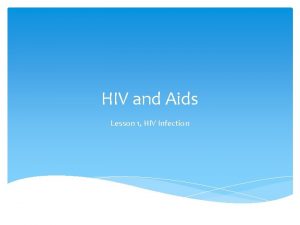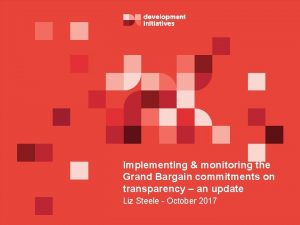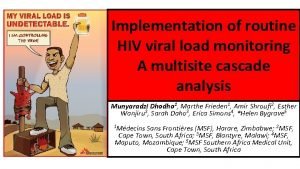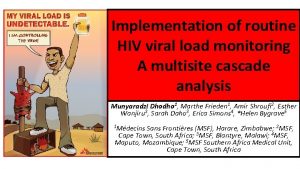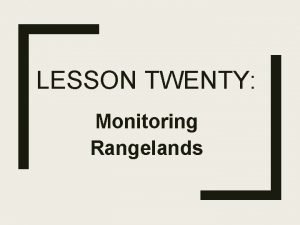Monitoring of the implementation of UNGASS Commitments HIV



















- Slides: 19

Monitoring of the implementation of UNGASS Commitments: HIV Prevention among IDUs by Karl L. Dehne, UNAIDS, Vienna Senior Advisor on HIV and Drug Use March 2003 slide number 1

Presentation overview l UNGASS on HIV/AIDS commitments regarding IDUs l Original behavioural IDU indicator l Proposed (supplementary) service coverage indicator l First round results l Advantages and disadvantages of the two indicators l Conclusions March 2003 slide number 2

UNGASS ON HIV/AIDS DECLARATION OF COMMITMENT TARGETS l Reduce by 2003, HIV incidence for groups with high/increasing rates of infection l Develop/strengthen, by 2003, national strategies to promote health of groups with high rates of HIV infection, e. g. injecting drug users l Ensure, by 2005, a wide range of prevention programmes, including efforts to reduce drug use related harm March 2003 slide number 3

10 Areas of Commitment l Leadership Prevention Care, support and treatment Human rights Reducing vulnerability l Orphans l l l l Social and economic impact Research and development Conflicts and disasters Resources IDU commitment interpreted as “prevention” March 2003 slide number 4

Behavioural indicator (1) • Definition: • Percentage of injecting drug users who have adopted safe behaviours (avoided equipment sharing last 30 days and used condom on last intercourse). • Purpose • To assess progress in preventing IDU associated HIV transmission • Applicability • Countries where injecting drug use is a significant mode of HIV transmission • Frequency • Biennial March 2003 slide number 5

Safe injecting and sexual practices (2) • Method of measurement: • Cluster sample or targeted snowball sample survey (BSS style) • Sequence of 4 questions (injected? shared? had sex? Used condoms? ) • Score of those replying yes for denominator (1+3) and numerator (2+4) • Interpretation: • Gaining access to IDUs a challenge (especially where there are no services!), survey data rarely representative nationally • Extent of IDU related HIV epidemic also dependent on size of vulnerable population March 2003 slide number 6

Coverage indicator (1) • Definition: • Percentage of injecting drug users reached during last month with either (outreach) prevention services or drug dependence treatment, either longer-term drug-free or substitution therapy • Purpose • To assess progress in the implementation of programmes and services for the prevention of HIV transmission associated with injecting drug use • Applicability • Countries where injecting drug use is a significant mode of HIV transmission • Frequency • Biennial March 2003 slide number 7

Coverage indicator (2) • Measurement • • Denominator (estimated number of regular IDUs): • Multipliers, as many as possible • If possible, other methods (e. g. capture-recapture) • Extrapolate from cities, regions/provinces • In reality, often multiplier “guesstimate Numerator • Inventory of outreach projects and treatment sites • Service statistics (No. of individual clients last month) • Interpretation • Denominator data will have a considerable margin of error: best available estimates • Different types of services (outreach with provision of advice, counselling only, needle-syringe programmes, various types of treatment) all be weighted the same March 2003 slide number 8

Coverage indicator, definitions (1) • Outreach • Any designated programme activity through which injecting drug users have contact (face-to-face interaction) with service providers, including, for example, outreach workers, trust points, counselling centres or clinics, mobile services, etc. , and are provided with one of the following • Information on HIV/AIDS • Counselling on safer injecting methods • Clean needles, syringes and condoms • Outreach can be conducted by professional health care workers as well as by volunteer peer workers (current or ex-drug users). Outreach does not include activities, where there is no face-to-face contact between service provider and drug injector, e. g. media campaigns March 2003 slide number 9

Supplemental IDU indicator, definitions (2) • Substitution treatment • Any activity, in which daily* and for a longer period of time (more than 6 months) a substitute for opiates is provided; most common substitution therapies include methadone maintenance and provision of buprenorphine. Note that drug-assisted detoxification is not considered substitution therapy • Drug-free dependence treatment • Any residential treatment lasting more than four weeks with the goal of total abstinence, including for instance, therapeutic communities; any longer-term (designed for 6 months and more) drug -free outpatient treatment, in which the individual has had contacted at least once during the last 30 days • For the purpose of estimating the numerator, detoxificationonly in whatever form is not considered treatment March 2003 slide number 10

Some preliminary results l 20 countries approached, in extra effort to obtain IDU UNGASS indicator results l Coverage indicator results obtained from 9 countries (plus some in-official results) l Behavioural indicator results obtained from 3 countries March 2003 slide number 11

IDU Service Coverage in Selected Countries COUNTRY Belarus Estimated No. of IDUs % IDUs reached with prevention services in last month 50, 000 1. 8 Brazil 800, 000 10. 5 China* 400, 000 5. 0 Indonesia 160, 000 1. 5 Iran* 135, 000 0. 6 Nepal 20, 000 21. 9 Pakistan 60, 000 0. 4 Romania 30, 000 2. 2 Viet Nam 84, 000 62. 7 *reported by UN staff March 2003 slide number 12

Other important countries Coverage indicator results not reported COUNTRY Estimated No. of IDUs % IDUs reached with prevention services Ukraine 540, 000 10 -15 Russian Federation 1. 5 -2. 5 million India March 2003 slide number 13 0. 5 -1. 6 million < 10 ?

Behavioural indicator results COUNTRY Ukraine Kazakstan Surinam March 2003 slide number 14 No. of IDUs sampled 600 % IDUs reporting safe behaviours 65 1365 14. 5 9 0

Summary of differences and commonalities l Impact (like young people’s behaviour) versus service coverage (like MTCT) l Both composite (IDU & sexual behaviours and different type of services respectively), requiring analysis by individual component l Both would require aggregation or extrapolation from local sites to national level March 2003 slide number 15

Differences & commonalities (2) l Measurement of both indicators requires extra efforts beyond existing data compilation in most countries, but…. . l Promotion of coverage indicator measurement process may be more beneficial for program development (e. g. inventories, intersectoral consultations on IDU population size) than series of behavioural surveys l Political commitment versus commitment of IDUs March 2003 slide number 16

Additional interpretation issues l Behavioral indicator: – Safe behaviours: only those reached? Consistent over time? Definition of sharing – Unsafe behaviours: risk of blaming the addicted l Coverage indicator – Official underestimates of No. of IDUs – Quality of services – Definition of treatment (e. g. Vietnam) March 2003 slide number 17

Issues related to current patterns of IDU epidemics and responses l IDU population size crucial (and important vulnerability factor) l Drug dependency tends to make a significant “spontaneous” reduction in risk behaviours, in the absence of face-to-face service contacts, unlikely, and …. l … prevention service currently coverage low (care service coverage virtually non-existent) March 2003 slide number 18

Conclusion l Prevention service coverage indicator currently most appropriate l Behavioural and/or HIV prevalence indicator to be used in addition, where either – epidemic is recent, or – service coverage is significant and likely to have an impact March 2003 slide number 19
 Sanctuary model tool kit
Sanctuary model tool kit Market entry modes for international businesses (chapter 7)
Market entry modes for international businesses (chapter 7) Core commitments for children
Core commitments for children What is an unauthorized commitment?
What is an unauthorized commitment? Hiv siv
Hiv siv Negative hiv test result
Negative hiv test result Murder by hiv
Murder by hiv Aids is caused by
Aids is caused by Incubation period of hiv
Incubation period of hiv Pokja program nasional
Pokja program nasional Procentowe ryzyko zakażenia hiv
Procentowe ryzyko zakażenia hiv Stadium hiv
Stadium hiv Aids 101
Aids 101 Procentowe ryzyko zakażenia hiv
Procentowe ryzyko zakażenia hiv Simon collins hiv
Simon collins hiv Hora agora
Hora agora Chapter 25 sexually transmitted infections and hiv/aids
Chapter 25 sexually transmitted infections and hiv/aids Hiv life cycle
Hiv life cycle Hiv diagnostics conference
Hiv diagnostics conference Hiv
Hiv





